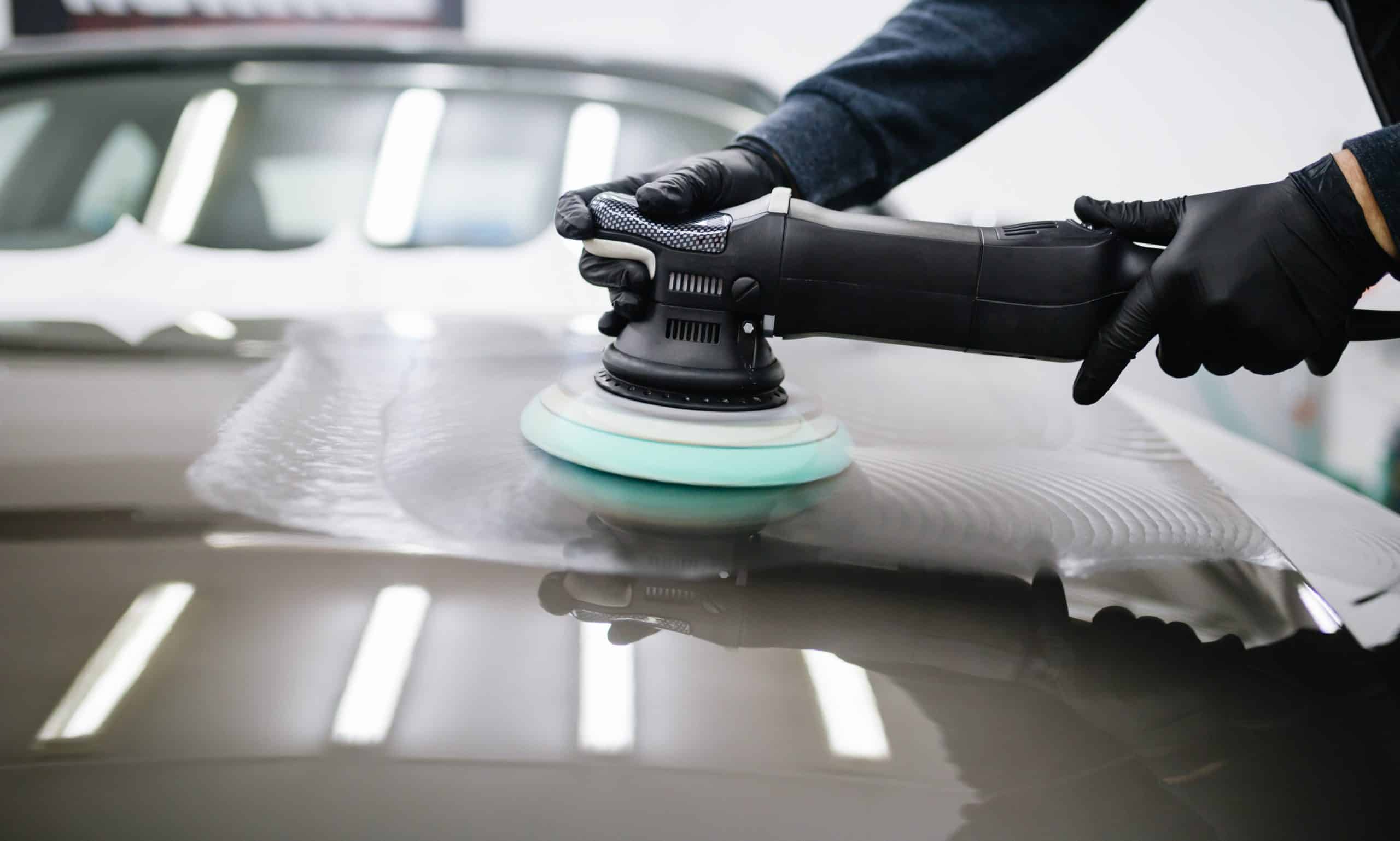In this article we’ll unravel the mysteries of selecting the ideal car battery, exploring key aspects such as size, cold cranking amps, reserve capacity, and warranty to guarantee a seamless and reliable driving experience.

Navigating the world of car batteries can be a daunting task, especially with the myriad of options available. However, understanding the basics can make the process much smoother. Whether you’re a seasoned car enthusiast or someone who’s just looking to replace an old battery, this guide will provide you with the essential knowledge to make an informed decision.
When To Replace Your Battery
While this topic deserves its own article, a quick tip is to replace your battery every 3-5 years. However, always be on the lookout for signs like a slow engine crank or only a clicking sound when you try to start your car, dimming headlights, and the battery or engine warning light illuminating on your dashboard. If you notice any of these signs, it might be time to consider a new battery.
Choosing the Right Battery for Your Needs
Selecting the perfect battery for your vehicle is more than just a simple purchase. It’s about understanding the nuances of each factor and how they impact your car’s performance. Let’s delve deeper into each point to ensure you’re well-equipped to make the best decision.
Size Matters
Car batteries come in various sizes, and it’s essential to choose one that fits your vehicle perfectly. A battery that’s too big or too small can lead to connection issues or even damage to your car. You need the BCI (Battery Council International) Group Size or exact dimensions as a reference. You can measure the old battery, but you can also find the BCI number on your old battery’s label, in your vehicle’s manual or you can contact a professional to determine the correct size.
On the image below, you’ll see the group number highlighted in blue. In this case, it’s an AGM battery with group size 34, which corresponds to 10.25 x 6.8125 x 7.875 inches in size.

Battery Technology
For cars with combustion engines, the most popular lead-acid battery technologies are flooded and AGM (Absorbed Glass Mat). For modern cars with more demanding electric needs and start-stop technologies, AGM is the way to go, while flooded lead-acid batteries are the least expensive choice. For an in-depth look at all the different car battery technologies, check out post about “Dry Cell vs. Wet Cell Car Batteries“.
Cold Cranking Amps (CCA)
CCA measures a battery’s ability to start your car in cold temperatures. If you live in a colder climate, a higher CCA rating is essential. Think of it as the battery’s “cold weather strength.”
Reserve Capacity (RC)
A car battery’s reserve capacity refers to the battery’s ability to provide power when the engine is not running, the alternator can’t keep up with power demand or fails. A higher reserve capacity means your battery can last longer during such situations. It’s like having a backup power source for your vehicle.
Warranty
Always consider the warranty when purchasing a battery. A longer warranty often indicates a more reliable and durable product.
Understanding Your Needs
It’s essential to assess your driving habits and conditions. For instance, if you frequently drive in colder climates, a battery with a higher CCA rating would be ideal. If you have a lot of aftermarket accessories installed that you also sometimes use with your engine switched off, a battery with a higher reserve capacity would be beneficial. In case your alternator fails when you’re out on the road, you’ll be able to drive much further too, before your engine quits.
Real-World Examples:
Imagine you live in a region with harsh winters. One morning, you find your car struggling to start due to the cold. In such a scenario, a battery with a high CCA rating would ensure that your vehicle starts without any hitches, even in the coldest conditions.
When your alternator suddenly quits on your way home from a family gathering out of state, it’s your battery reserve capacity that will determine if you can make it home, without having to call a tow truck in the middle of the night.
The one time you want to save a few bucks by buying a cheaper car battery with just one year of warranty, it quits 14 months later, of course… Should have paid a little more and got the one with the 2-year warranty…
Wrapping it Up
Choosing the right car battery is more than just picking the first one you see on the shelf. It’s about understanding your needs, the technical aspects, and ensuring that the battery you choose aligns with your vehicle’s requirements as well as your power demand. Remember, a well-chosen battery ensures a reliable driving experience.
So, the next time you’re in the market for a new car battery, with this knowledge, you’ll be well-armed to make the best choice for your vehicle.
As always, stay curious, and until next time, keep exploring the incredible world of automotive wonders!







